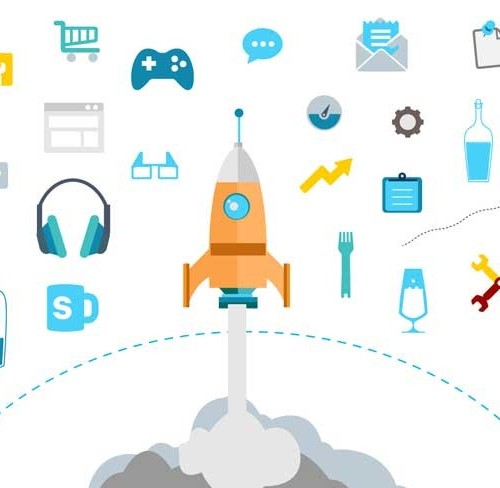Everyday, I hear three words on repeat from marketers: acquisition, nurturing, retention. The interesting thing is they are often spoken about in silos rather than as components of a total process that is in some parts linear and in other parts cyclical.
Today’s leading-edge marketers are the ones speaking about the total Customer Lifetime Experience. It’s an evolved marketing methodology that we’re championing at Sailthru, the company I founded in 2008 to provide marketers a single-platform solution for understanding every component of the omnichannel consumer’s interests and behaviors and then automating the personalization of communications and experiences to each and every individual consumer.
The customer lifetime experience is not just where marketing is going, it’s where leading marketers are already winning. At its core, the methodology is designed to maximize customer lifetime value by considering the individual customer in the process and personalizing every component of their interaction with a brand based on their specific interests. It’s a concept that applies equally to both B2C and B2B marketing; one that every marketer should begin working towards owning.
CLE vs. CLV
Today, all customers – whether it’s a consumer/user in the B2C world or a potential/current client in the B2B space – are informed in ways never anticipated, much less seen. At Sailthru, for example, we see leads getting moving 50-70% toward a decision before they even speak with a sales rep.
They are, in essence, warming themselves up by engaging with touch points that we’ve set up across our digital marketing ecosystem – engaging with us on LinkedIn and other social platforms, downloading research reports and other content, subscribing to our brand blog.
It’s effective because we are playing to the self-education reality of today’s consumer/customer mindset. These are the customers who tend to convert with higher value and then grow their use of our solutions because we’re focused on building a thoughtful lifetime experience that actually begins before acquisition and extends through all touch points, not just focused on extracting value over the lifetime of our relationship.
Sailthru pulls data from multiple sources and touchpoints to build a 360 degree view of the customer through insight and analytics.
In the B2C space, shoppers are influenced by and using the network that is always at their fingertips to discover and evaluate products before they even hit your home page or take a step into your store. Even when they’re inside an environment you own, their research, comparison shopping and conversations continue. If you’re solely focused on acquisition in the confines of the environments you control, you’re not considering the consumer behaviors that lead up to conversion and most likely missing opportunities to provide valuable content that can influence their decisioning. By considering the total journey, you will be pushed to create holistic experiences that lead to acquisition, nurturing and retention.
In both of these B2B and B2C examples, it is the CLE that drives CLV. CLE extends the notion of customer experience as it involves one part marketing, one part brand consistency, and one part omnipresence (cross-channel and at a considerable volume of content). Functionally, it adds up to a long-term relationship that is tended to on an ongoing basis. Owning as much of the customer experience as possible will be marketers’ golden ticket when it comes to budget allocation in the years ahead.
The net effect translates into both more information for your customers and consumers, and also to more data for you, the marketer. By ensuring that your touch points are connected in a single ecosystem, you’ll have the ability to collect both behavioral and consumer interest data that will fuel your ability to measure marketing successes on a user-by-user level and then serve messaging to individual users/consumers once they have been acquired in order to drive retention.
Nurture to Retain, not to Acquire
As Mark Hurd of Oracle aptly put it recently, we’re in the era of “customer-obsessed marketing.” To quote Hurd, “It’s not so much about pitching and influencing anymore as it is about supporting a great customer experience. Make customers want to connect with you not as a vendor of products, but as a source of intelligent information that will help them succeed. Do right by your customers, and they’ll do right by you.”
The way to appeal to both customers and consumers is by managing the end-to-end customer experience from the moment they complete their first Google search to the second they Like your brand’s Facebook Page, Follow you on LinkedIn or walk into your brick-and-mortar store. From the first touchpoint to the initial conversion and every interaction thereafter consider yourself a nurturer of their entire Customer Lifetime Experience with the goal being to continue to come closer and closer to the individual on the other end in order to increase the likelihood of retaining the relationship.






